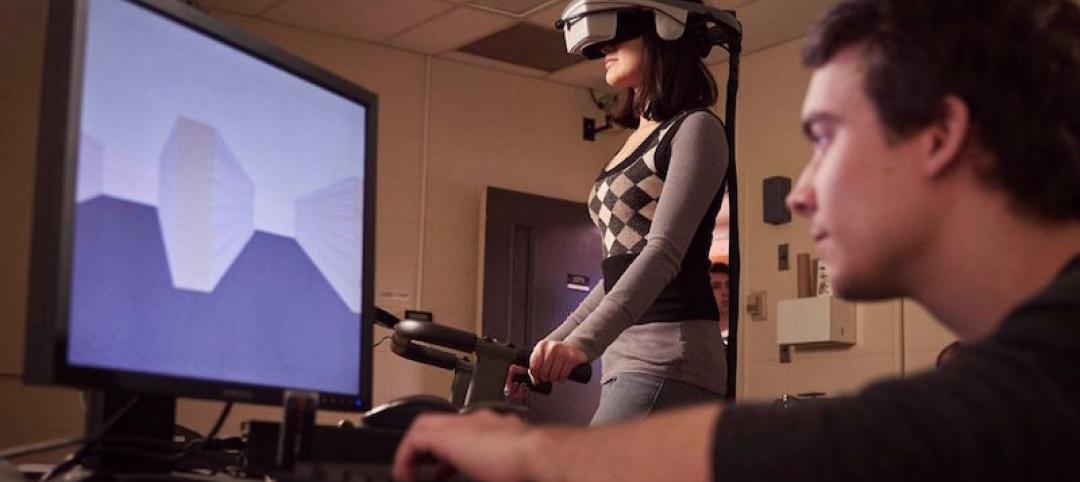JLG Architects has acquired Minneapolis, Minn.-based Studio Five Architects (SFA), one of the North Star State's oldest woman-owned architecture firms.
SFA was led by Linda McCracken-Hunt, FAIA. After 13 years at the University of Minnesota, and after serving as University Architect from 1991 to 1998, McCracken-Hunt became a partner at SFA in 1998. She will join JLG’s staff.
Founded in 1987, SFA has worked on numerous high-profile projects over the years, including the University of Minnesota Health Clinics and Surgery Center in Minneapolis, and the expansion to Regions Hospital in St. Paul. SFA also worked with HKS to design U.S. Bank Stadium, the Minnesota Vikings’ new NFL stadium in Minneapolis.
JLG has 10 offices across Minnesota, South Dakota, and North Dakota. The firm was founded in 1989, and it currently has more than 100 employees. JLG has an extensive portfolio, including aviation, healthcare, higher education, and sports facilities.
“It is JLG’s mix of innovative design excellence, their deep commitment to doing what’s right while staying on budget, and an unbeatable firm culture that makes this acquisition so ideal and ensures that we will continue to elevate our services for decades to come,” McCracken-Hunt said in a statement.
Related Stories
Designers | Feb 1, 2017
Netflix design documentary series to feature Bjarke Ingels
Abstract: The Art of Design will delve into the artistic processes of various influential designers.
Architects | Jan 27, 2017
The Enterprise Rose Architectural Fellowship and Lawrence Scarpa, FAIA, honored with the 2017 Collaborative Achievement Award
Lawrence Scarpa, FAIA and the Enterprise Rose Architectural Fellowship receive the 2017 Collaborative Acievement Award.
Architects | Jan 26, 2017
Alan Greenberger, FAIA, honored with the 2017 AIA Thomas Jefferson Award
The award honors significant contributions to public architecture.
Architects | Jan 24, 2017
Politicians use architectural renderings in bid to sell Chicago’s Thompson Center
The renderings are meant to show the potential of the site located in the heart of the Chicago Loop.
Architects | Jan 23, 2017
Why corporate branded environments matter
A branded environment has the potential to create a long-lasting impression for your intended audiences.
Architects | Jan 19, 2017
Harley Ellis Devereaux merges with Deems Lewis McKinley
The combination is expected to bolster HED’s presence in northern California and the K-12 sector.
Architects | Jan 13, 2017
Best in Architecture: 23 projects win AIA 2017 Institute Honor Awards
The Shigeru Ban-designed Aspen Art Museum and the General Motors Design Auditorium by SmithGroupJJR are among the architecture, interior architecture, and urban design projects to win.
Designers | Jan 13, 2017
The mind’s eye: Five thoughts on cognitive neuroscience and designing spaces
Measuring how the human mind responds to buildings could improve design.
Building Materials | Jan 9, 2017
Architects and researchers are developing new techniques for building in space
As setting foot on Mars becomes a more realistic goal, the search for how to best develop Architecture for the Red Planet is heating up.
Architects | Jan 5, 2017
U.S. architects can now earn licenses to practice Down Under
NCARB finalizes reciprocal agreement with Australia and New Zealand.

















